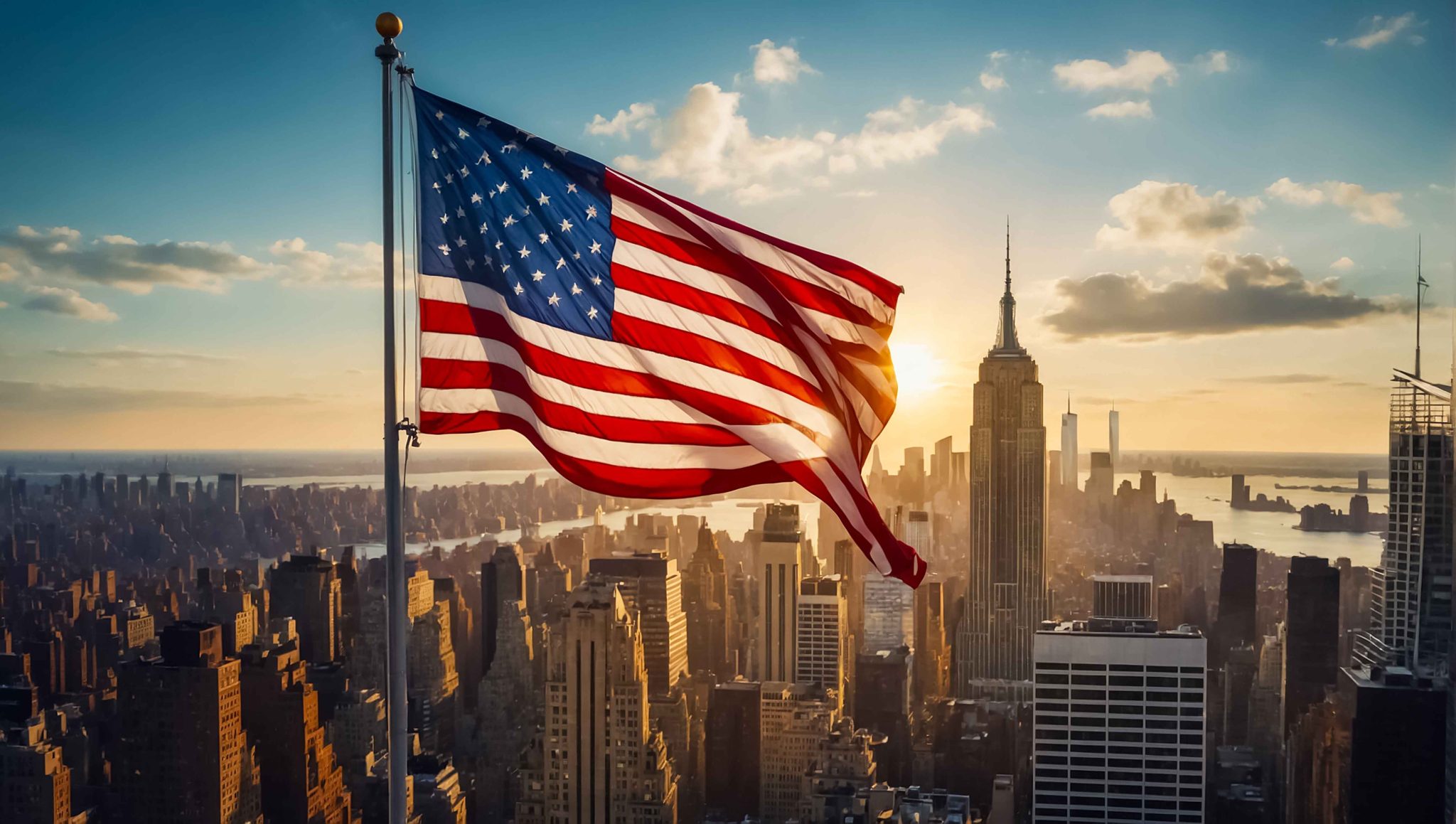Battles in the Boardroom?

Healthy debate
Having and managing a healthy debate at board level can be hard to achieve, yet the quality of debate must surely tie in to the quality of decision making. We prefer things to go smoothly and for the board to support the proposals put before it, because that is so much easier than the alternative. However, group think and the lack of appropriate challenge can result in poor decision making. Of course it is not natural to enjoy meetings where there is uncomfortable challenge and people disagree but I suggest we need to be bolder, embrace our differences of opinion and find paths through to positive outcomes, even if it takes a bit longer.
Boards are encouraged – even required – to be more diverse in their composition. However, a more diverse board is not a more comfortable board. How do we cope when others don’t hold the same view as ours on a matter? We will have read the papers, considered a number of factors and – based on our knowledge, skills and experience – we’ll have reached a conclusion about what is the “right” answer and way forward. What do we do? Do we (along with the rest of our board colleagues) try to convince them to fall in line with the majority? If we continually do that, then they may learn not to disagree and the board can return to its cosy but ineffective, state.
Is there another way? Can we be open minded enough to seriously consider another view? Do we respect our board colleagues sufficiently to acknowledge that they also have a wealth of knowledge, skills and experience which has led them to a different conclusion to our own? How do we deal with it practically if the directors don’t unanimously agree on something?
It is worth making sure that everyone has properly understood all the issues and that sufficient information has been provided. It may be that the exec team are asked to do some more work and bring the matter back to the board – which might be at the next scheduled meeting if time allows or at an extra meeting, especially convened to discuss the matter further and attempt to reach a conclusion. With the ability to meet virtually now this should be manageable on occasion.
Of course, the hope is that most times, after a debate, the board will reach a consensus on a matter and make a decision, which may endorse a recommendation or approve it with some minor changes, but if it doesn’t the extra effort required to reach a good outcome can actually add a lot of value.
Constructive challenge
NEDs are encouraged and expected to challenge at board meetings. This should be done in a constructive way – the careful use of questions rather than assumptions should help to put the challenge positively. The right language and tone are crucial. NEDs may need a quiet reminder of this from time to time, privately, by the Chair and outside of the meeting itself.
Equally, the executive team should be coached to welcome the challenge and respond to it positively. Being over sensitive or too robust in response can cause difficulties and lead to resentment or a loss of respect.
Tension vs conflict

Tension in meetings, although difficult to experience sometimes, can be positive and demonstrate that the directors are engaging effectively with the matters they are debating. What is both uncomfortable and undesirable in meetings however, is its near relation, conflict. What do you do if there is an almighty row in a board meeting between two otherwise normally civil colleagues? Even worse, how do you handle it if the disagreements rumble on over a number of meetings?
The human aspects of managing a board can be some of the hardest. They make getting out a reasonable length pack of papers, drafted clearly, with all the relevant information (but no clutter) on time, look like a picnic. If there is conflict, it is all too easy to “sweep it under the carpet” and pretend it didn’t happen. Or to ignore it and hope it goes away. However, unresolved conflict in a boardroom can be really damaging not just to the board but to the organisation as it will distract the board and disrupt its decision making process. The Chair (or another director if the Chair is caught up in the issue) has to have the courage to tackle the situation. This takes careful handling of course. Sometimes a quiet word with the directors concerned, perhaps an apology and handshake can smooth things over, particularly where it was a one off occurrence.
If there is a more deep rooted problem which has run on for some time and the Chair does not feel suitably equipped to defuse the conflict then outside assistance might be needed. A board review with an experienced reviewer may surface the issue, if it has been pushed to one side or left in the “too difficult” basket. Mediation (informal or formal) may prove the catalyst to a resolution. In extreme cases it may be that one director stands down but that should be rare.
Tips

If boardroom behaviour is an ongoing challenge, try the folowing:
- Adopt a code of conduct for board (and other) meetings. This can be quite brief, most of it will be common sense but sometimes when feelings run high, it can help to get people back on track.
- Teambuilding helps to foster good relationships throughout the year, which are more able to stand the tests of tough debate and challenge. Whether it is lunch or dinner around a board meeting, or a site visit incorporating a social event with staff, or an informal event just for the board, simply spending time together and getting to know one another should help everyone to recognise that they are all equally human, with good and bad points and that there is room for tolerance on all sides.
- Maintaining a sense of proportion and sometimes a sense of humour can help keep matters in perspective.
If you would like these blogs delivered straight to your inbox you can sign up here.













